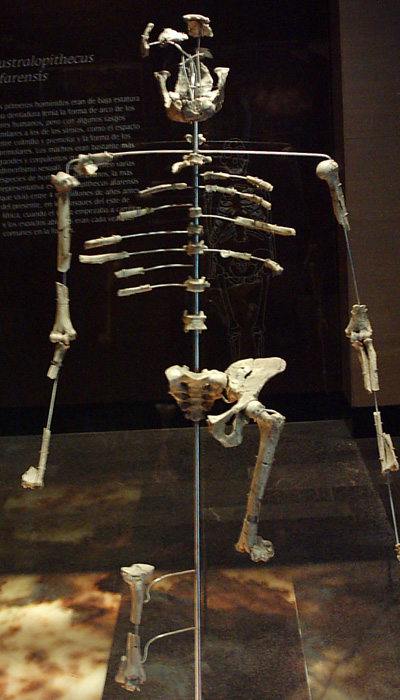Quilts. Statues. Blankets. Street art. Devotional candles. Tattoos. In the Americas, you can find the image of the Virgin of Guadalupe almost anywhere, in any form. Her image represents not only a great miracle but the identity of a nation of believers. And this weekend you can trace the story back to its origins—only at the Houston Museum of Natural Science. La Virgen de Guadalupe: Empress of the Americas opens this Friday, Dec. 11.
In collaboration with the Basilíca de Guadalupe, the limited engagement exhibit features the iconic image of the Virgin in its many forms. Her fascinating history begins in 8th-century Spain and ends in modern North and South America. In between is a complex story of deep faith, conquest and conversion.

A screen opens the exhibit and tells the story of the Spanish conquest of the Aztec empire through its panels.
According to deeply held beliefs, La Virgen de Guadalupe, also called La Virgen Morena to some, appeared to Juan Diego in 1531 near the hill of Tepayac outside the Aztec capital of Tenochtitlán. Juan Diego, an indigenous Catholic, fought to convince the bishop of what he’d seen, sharing a message from the Virgin to build a church where she had made her appearance. Juan Diego was met with doubt until he brought back roses growing out of season at the top of the hill, carrying them wrapped in his tilma, or cloak. When he poured the flowers from his tilma at the feet of the bishop, the image of the Virgin was left behind in the fabric, providing proof of the miracle and convincing the bishop to have the church built.
Through the next four centuries, the popularity of the Virgin of Guadalupe pushed her beyond religious symbolism and into the culture of Mexico and the Americas. Today, she symbolizes New World Catholicism as well as peace, hope and comfort to her followers.

After almost 500 years, the Virgin of Guadalupe still resonates in the Americas, captured as a cultural symbol in artistic expressions of devotion like these statues.
“Regardless of your personal take on this story, we invite visitors to the exhibition to consider the history and reality surrounding the apparition of the Virgin of Guadalupe,” said Dr. Dirk Van Tuerenhout, Curator of Anthropology at HMNS.
The show features an authorized reproduction of the image of Virgin; the original manuscript of the Nican Mophua, an Aztec-language document that recounts the story of the apparition and part of the collections of the New York Public Library; an 18th-century painting of the Virgin said to have touched the original image in the Basílica in Mexico City; the Doctrina Christiana, one of the first books printed in Mexico dating back to 1553, on loan from the Benson Library at The University of Texas at Austin; and artistic expressions of contemporary devotion to the Virgin.
Information panels are printed in both English and Spanish, and an audio guide will be accessible by cell phone. Tickets on sale now.








